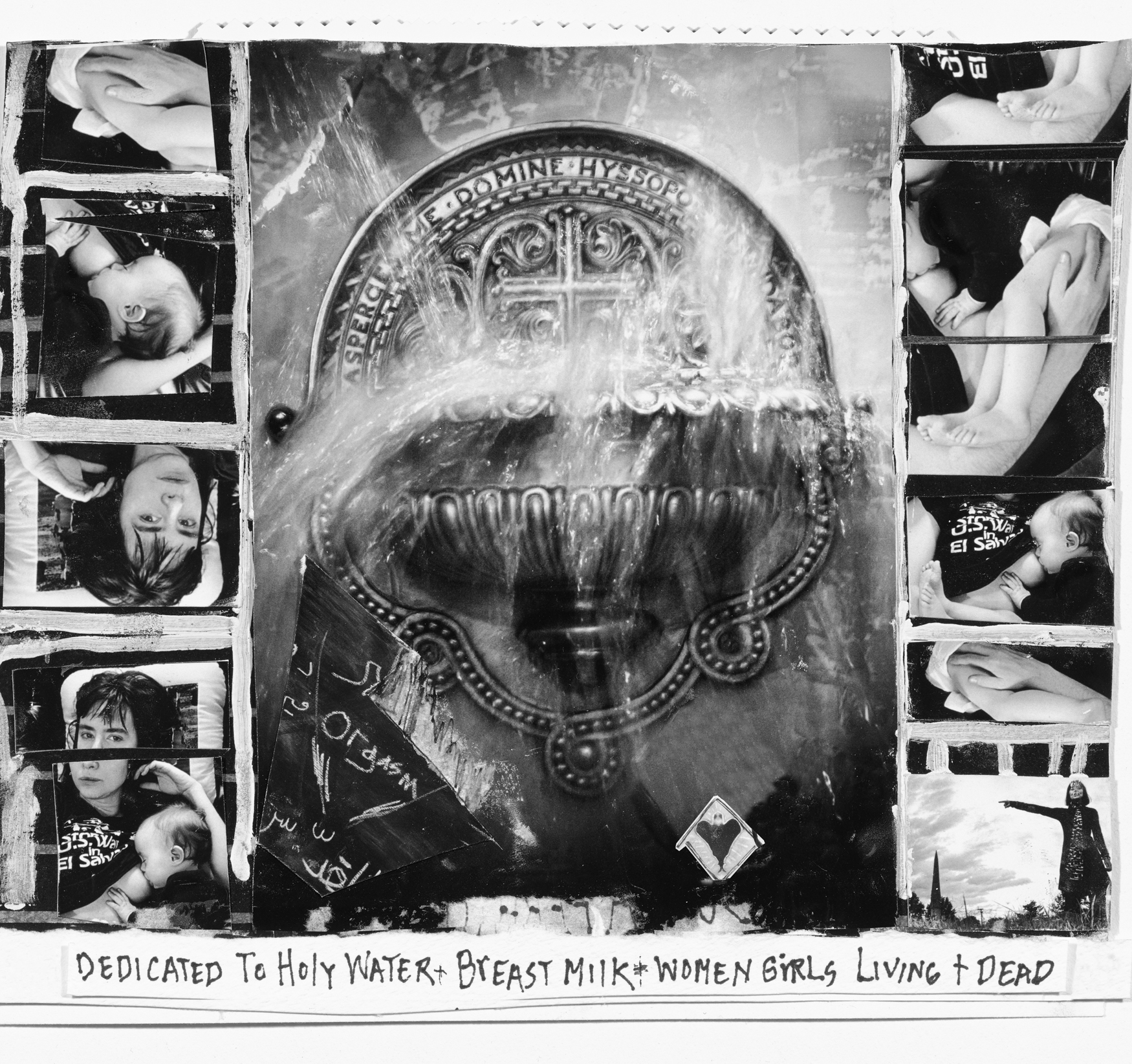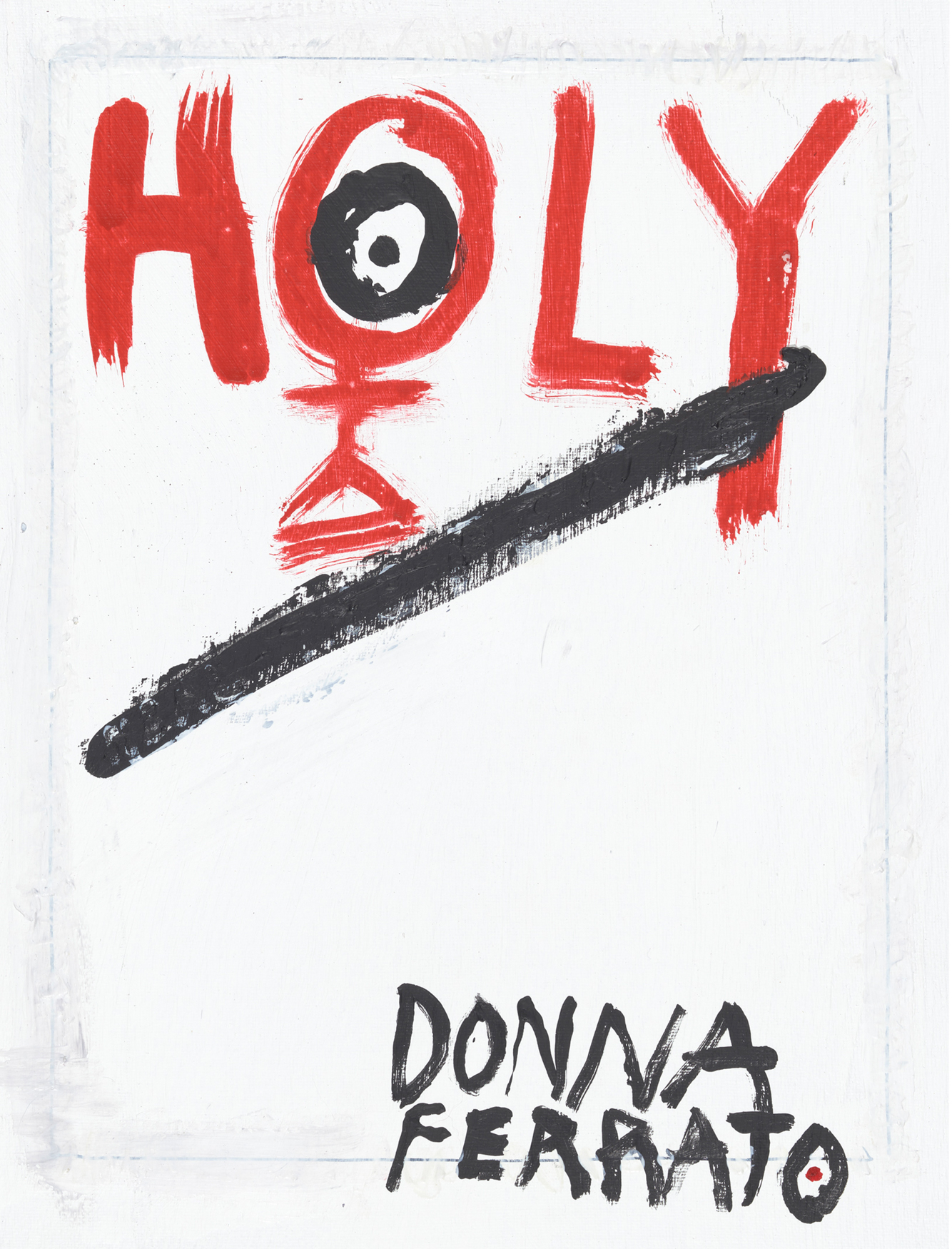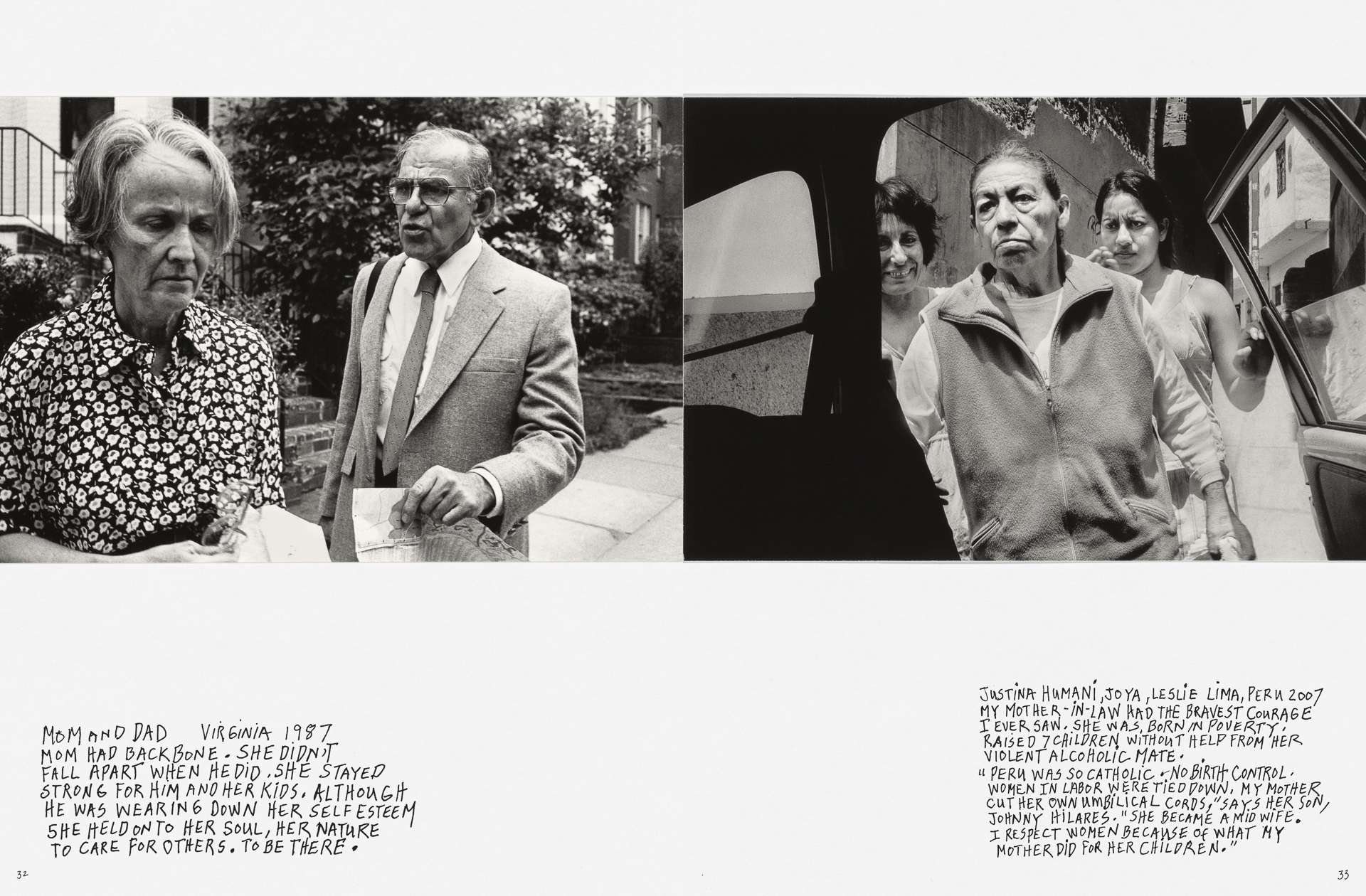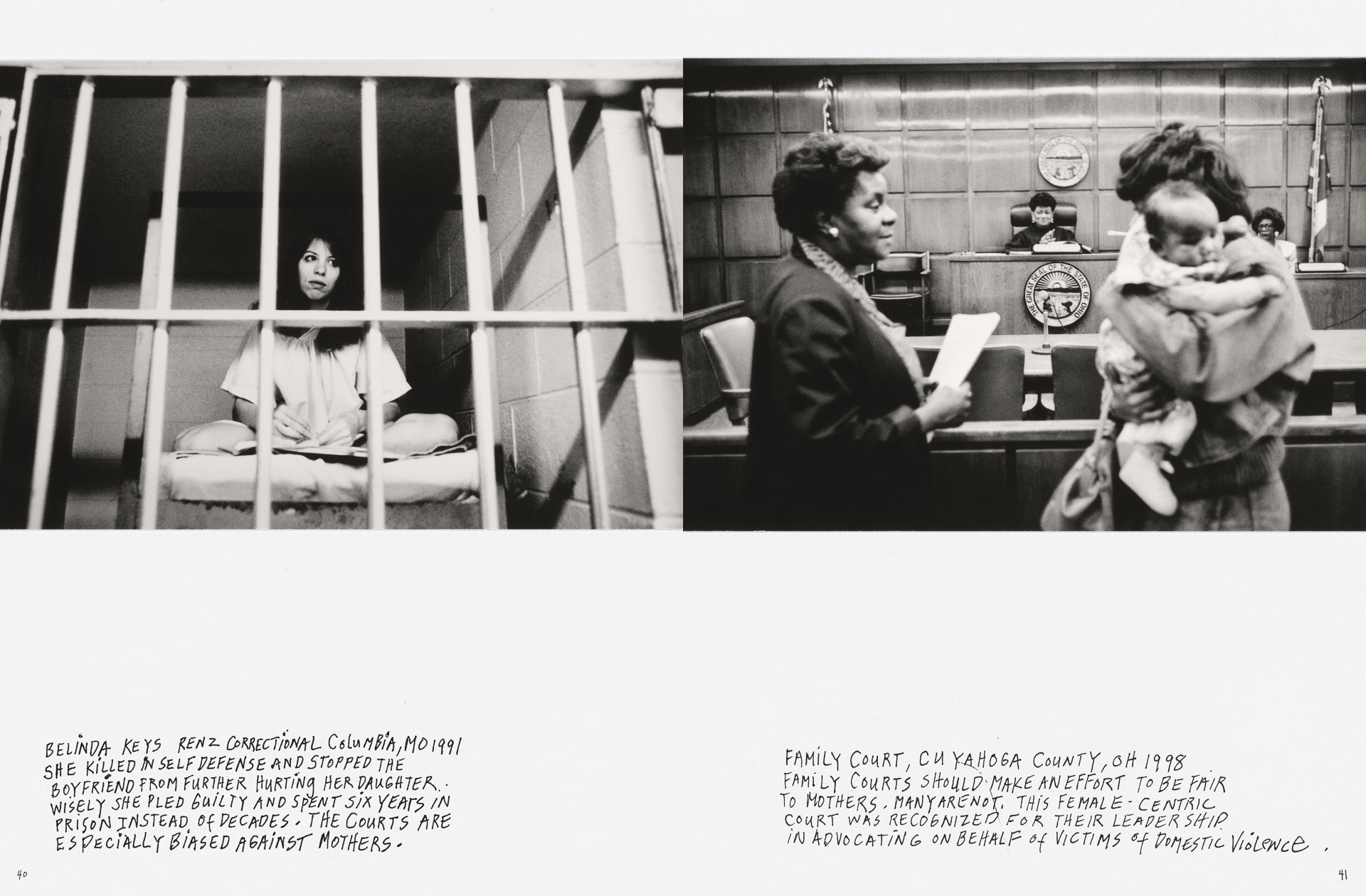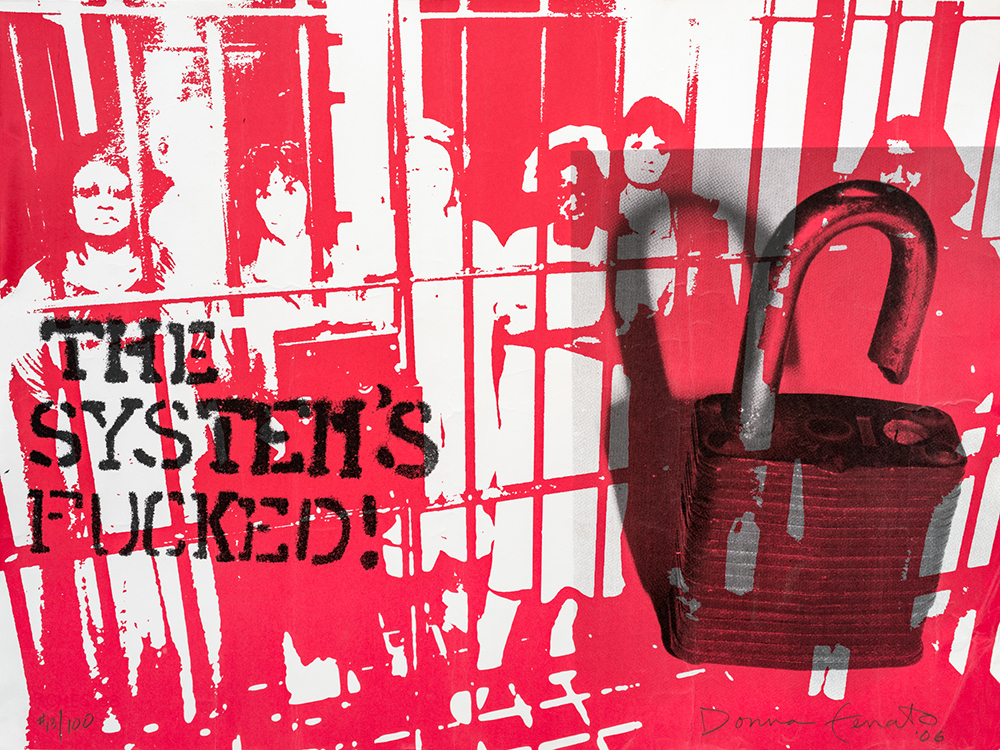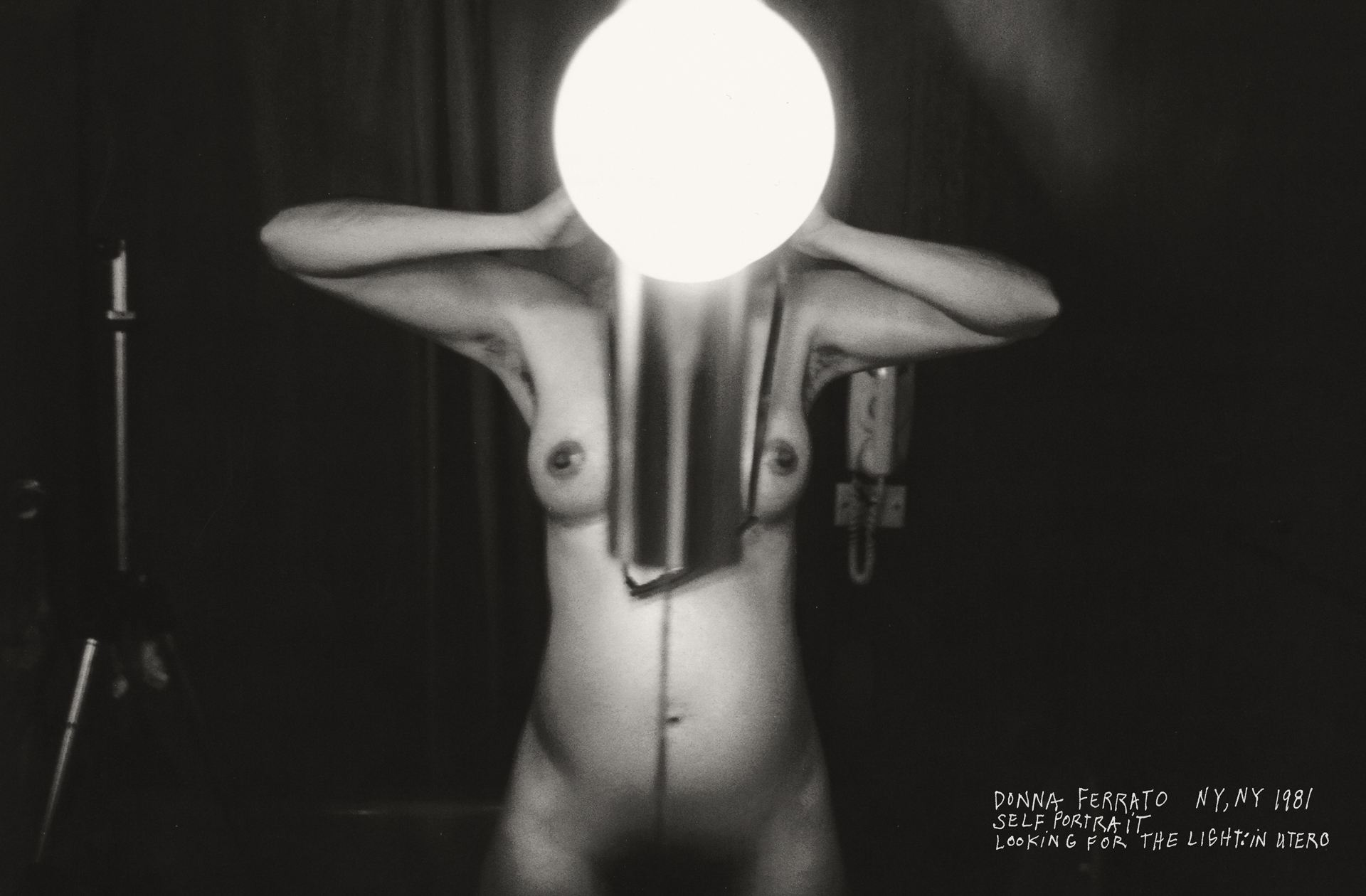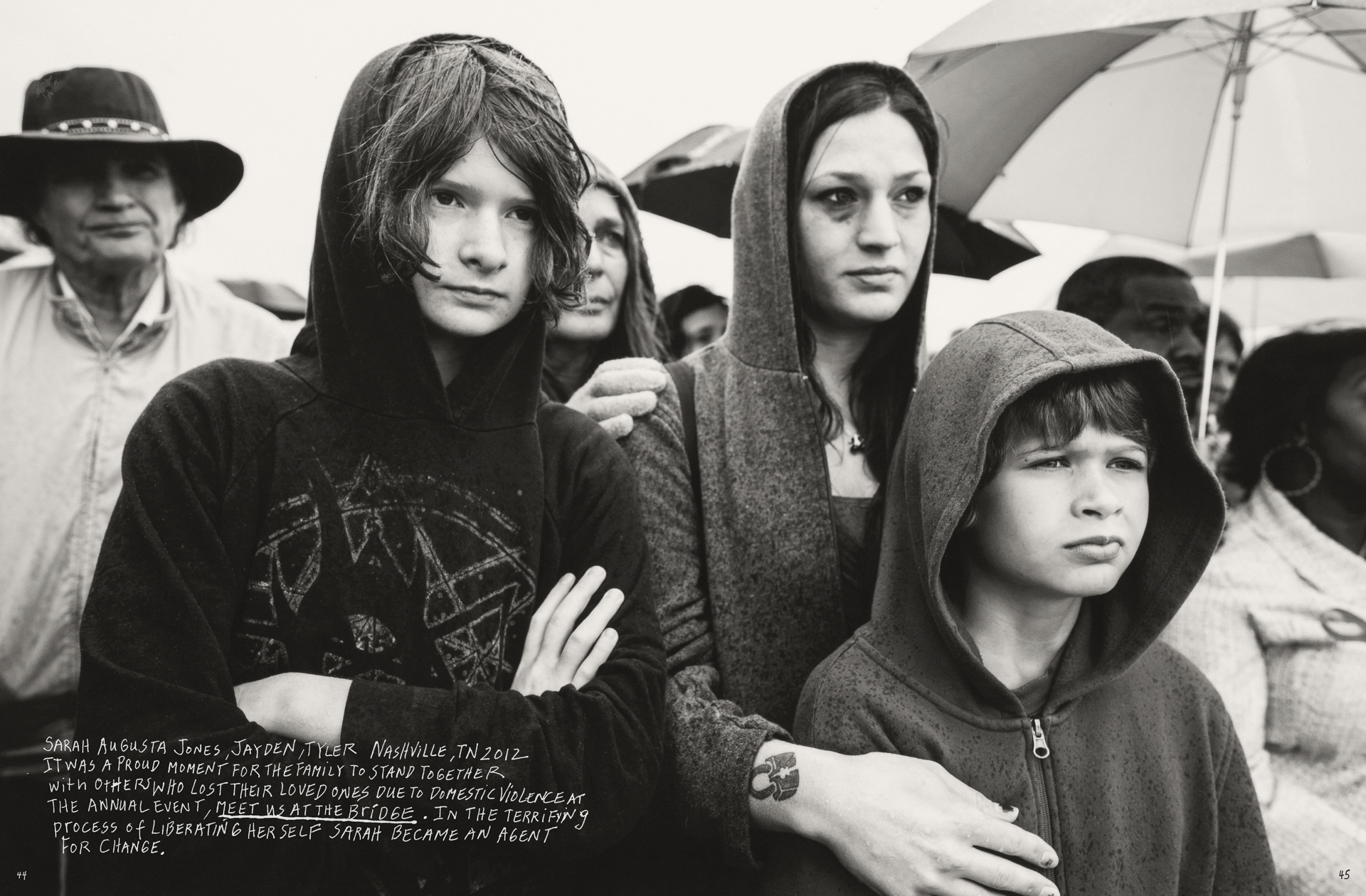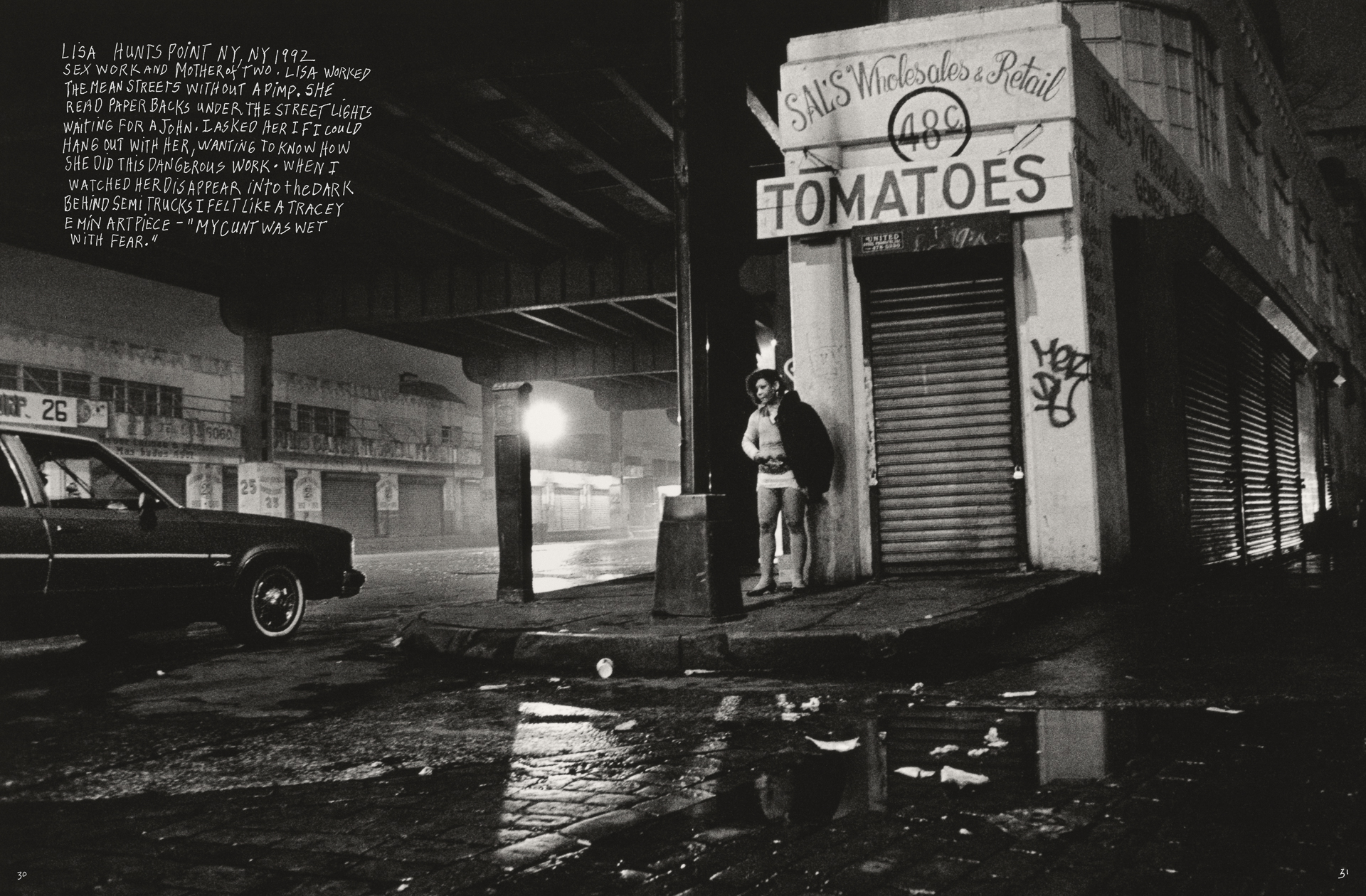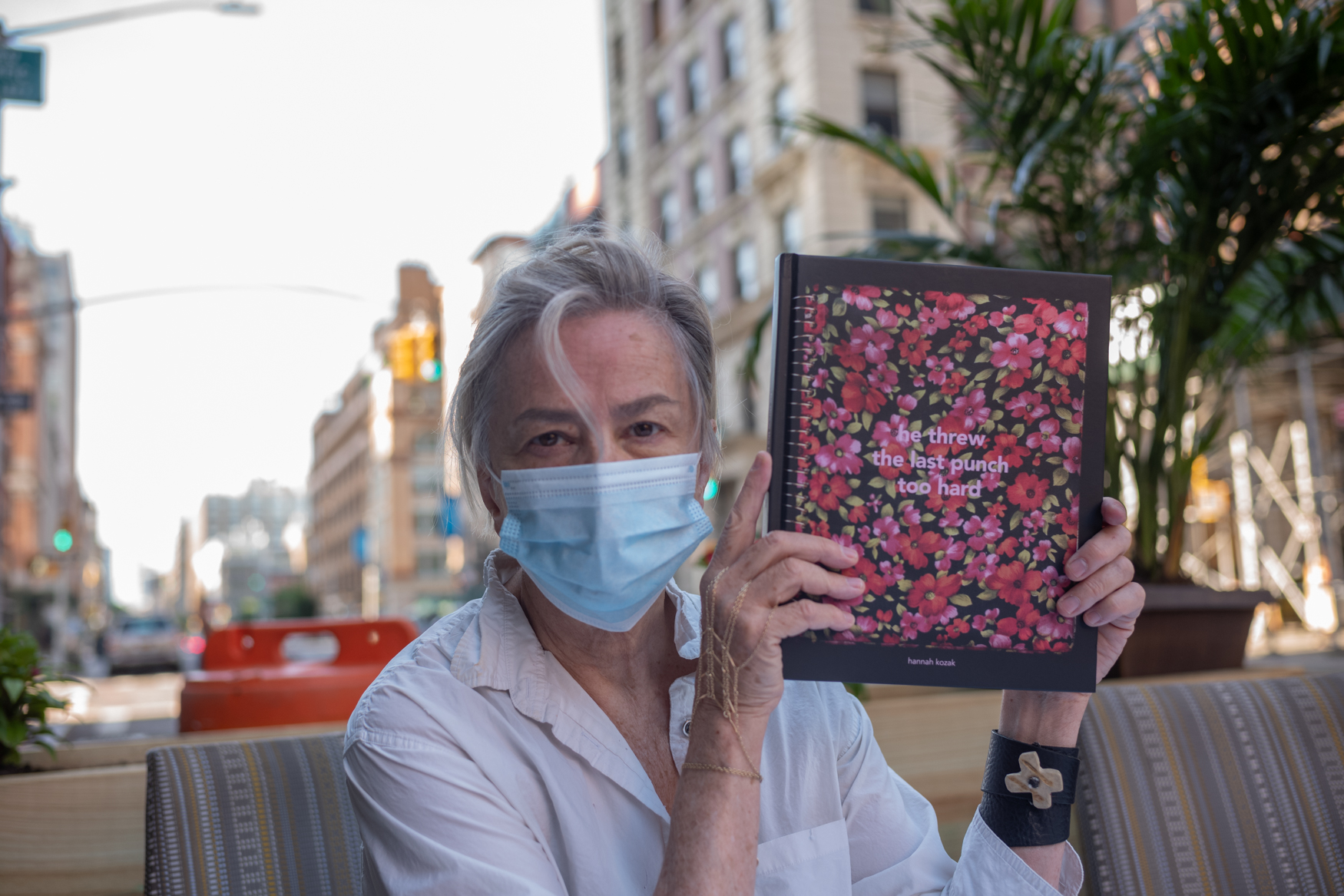Donna Ferrato: HOLY
Holy is forged from one woman’s outrage against a woman-hating world. Donna Ferrato’s radical photographs showcase the remarkable ways women survive, endure, and change. Holy depicts women who prevail. Holy is an invitation to understand denigration, abuse, disregard, contempt—on a personal level, a governmental policy level, on a religious level, you name it—and the power of redemptive righteousness; of desire; of nurturing and raising; of loving.
Donna Ferrato, fierce champion of all things women, author of the seminal documentary book on domestic violence against women, Living with the Enemy and creator of the I Am Unbeatable campaign to expose, document, and prevent domestic violence against women and children through real stories of real people, has just released a new book, HOLY, as a call to action. It proclaims the sacredness of women’s rights and their power to be masters of their own destiny. Published in 2020 by powerHouse Books, this remarkable compilation of of images, words, emotion, and storytelling reveals a rawness and anger that women are still being held down by the patriarchy.
An interview with Donna Ferrato by Hannah Kozak, author of her own book on domestic violence, He Threw the Last Punch Too Hard, follows.
Donna Ferrato is an internationally acclaimed photojournalist known for her groundbreaking documentation of the hidden world of domestic violence. Her seminal book Living With the Enemy (Aperture, 1991) went into four printings and, alongside exhibitions and lectures across the globe, sparked a national discussion on sexual violence and women’s rights. In 2014, Ferrato launched the I Am Unbeatable campaign to expose, document, and prevent domestic violence against women and children through real stories of real people.
Ferrato has contributed to almost every major news publication in the country, and her photographs have appeared in nearly five hundred solo exhibitions in museums and galleries worldwide. She has been a member of the Executive Board of Directors for the W. Eugene Smith Fund and was president and founder of the non-profit Domestic Abuse Awareness Project (501-c3). She has been a recipient of the W. Eugene Smith Grant, the Robert F. Kennedy Award for Outstanding Coverage of the Plight of the Disadvantaged, the IWMF Courage in Journalism Award, the Missouri Medal of Honor for Distinguished Service in Journalism, Artist of the Year at the Tribeca Film Festival, and the Look3 Insightful Artist of the Year. In 2008, the City of New York proclaimed October 30 “Donna Ferrato Appreciation Day,” and in 2009, she was honored by the judges of the New York State Supreme Court for her work advancing gender equality. In 2020, Ferrato was chosen as one of the Hundred Heroines by the British Arts foundation, Hundred Heroines. The VII Interactive Book Club has recently spoken with Donna Ferrato about Holy.
Hannah Kozak: I discovered you first through your Lust and Love book. When I read your dedication in your book to the bonobo monkeys, a species that spends its time socializing and engaging happily in recreational group sexual activity, I knew I discovered a real maverick.
You don’t pussyfoot around and part of why I respect about you is you walk your walk and talk your talk. With Donna Ferrato, we are going to get the truth and nothing but the truth.
Your dad used to say “Intimacy breeds contempt.” From Lust and Love to your seminal Living with The Enemy, what are your thoughts on what your father said?
Donna Ferrato:Bonobos are amazing…the way Bonobos keep males from fighting by withholding sex. Satisfaction is not just for the bonobos…its every woman’s right.
Love and Lust was published in 2004. Thinking about dad’s comment – intimacy breeds contempt, I feel sad, and mad at him. I wonder how mom ever got what she needed in that relationship. Mom was a master in the Joy of Cooking room but since orgasm was the dish in my mind (coming of age in the late sixties), I had to ask did she ever even try to discover her sex with her own hand?
But in the last 6 months of her life we found satisfaction through intimacy as mother and daughter. We shared everything, slept in the same bed, ate off each other’s plates. We took road trips. She became more open and curious, finally able to talk about her life and the pain of loving a man who was indifferent to her wishes and never gave her what she deserved. At night we watched the moon and it seemed like we were in harmony with the earth. Our best times were spent in the bedroom enjoying the afternoon light as she let me massage her body with gardenia crème. Although I will never know for sure, I imagined she too was exploring her own secret garden.
I am thankful for those last months. They were a gift from the all knowing La Madre Terra.
We became as close as when she brought me into the world and took care of me, lovingly and intimately.
Hannah…today I would say to my dad that intimacy is beautiful because it breeds pleasure.
You don’t ascribe to patriarchal imposed roles. When I think of the word activist, you immediately come to mind. Why do you think your life has been dedicated to making a difference in the lives of women?
I knew that things had to be seen to be understood. The women in my pictures agreed to be photographed because I convinced them to fight through their pain and shame for something bigger. With all my heart I believed the more women knew about the cycle of domestic violence, the factors, the outcomes, and more importantly, how it could happen to anyone. This could increase public awareness and compassion for women trapped in mortal combat in their own homes. Something in my DNA made it possible through photography, and being a woman. At the core, I am a card-carrying member of the clan of Eve. I took their pictures to keep them safe. Photography is more than preservation. It can be protection.
The cover of Holy is eye grabbing. Did you design it? I also love how your name is printed on the cover. How much were you involved in the process of the book?
Yeah, I confess. I designed the cover and the book.
HOLY’s book cover deviated far from the original 2017 design. The original message was that women are angry, but then I felt it was too much to ask of potential readers. The book cover must generate interest with a mass audience. The cover needed to be more of an invitation to think deeper. Be curious. From that point I endeavored to be more subtle with the book’s surreptitious message under the black line which was painted under the title of the book
The first cover showed the Bolts of Rage photograph with handwritten slurs. One morning in the flash of light, I saw a gecko clinging to the wall under a photograph. It said “Woman, Be the Snake”. Then I made a decision to follow a new fork in the road. All the while I had the help of my friend, Earnest Mullarkey aka Ellery Berenger. They helped me keep thinking how to improve the book art, to create a title that was inclusive, not exclusive.
I enhanced the design with a symbol (my own invention) and it calls to people who identify as women addressing the fast growing world of LBGTQ. Nobody gets left out of this picture when it comes to women’s rights.
Fortunately, I had incredible help. Three loyal photographers who came every day to work with me through the changes. It was an insane gestation period, I thought it would never end. In the final trimester, Gabriel Munhoz was the last one standing. He kept his cool and with great patience he was there for HOLY’s final push out of the womb.
On the opening spread, we have a self portrait of you in 1981 called “Looking for the Life (Light) In Utero.” It’s thought provoking from the pose to the title. Can you tell us more about it?
Naked as nature intended, I stood solo in taking a self-portrait in a friend’s bathroom. It’s the photographer standing on the edge of motherhood, “looking for the light in utero”. I was clueless about the additional weight of raising a child, I did not imagine what a game changer my daughter, Fanny, would be. At 31 years old, as freelance photographer without health insurance, no money saved, I was optimistic. Made to rock and roll. Only thing that mattered was to be strong, live in love, and build a better life with baby and the father, anti-war photographer Philip Jones Griffiths, and to keep working as a photographer. I was learning from Philip’s visual genius, how he photographed atrocity with great compassion and showed the strength of the victims, the Vietnamese. Yet I didn’t want to lose precious time with my family. My ideas about what to document stemmed from personal experiences with love and marriage. Everything that followed was a result of my belief that women deserve better.
The photograph of Millie Bianco holding a photo of her daughter, Lisa Bianco, who was killed by her abusive husband, after she successfully prosecuted him for extreme violence. He was let out on a day pass and murdered Millie’s daughter affected me deeply. What are your thoughts on the laws regarding domestic violence abuse?
I appreciate this chance to talk about amazing Millie Bianco whose daughter, Lisa, was killed after she did everything possible to get her abuser convicted and sentenced to prison for his violence and lack of remorse. Millie Bianco is holding a picture of her murdered daughter, Lisa Bianco at a fundraiser for a local shelter. The message of this photograph speaks to the systematic disregard for women’s safety. I wonder what it will take to change the will of the people to focus on ways to keep women and children safe? Why don’t people take male violence seriously? Why don’t they see how pervasive it is? Why aren’t abusers restricted and punished? Why are they allowed to own guns? Why don’t the so called punishments stick?
The story of Lisa Bianco, battered to death by her ex-husband, Alan Matheny, is proof the system stinks. There aren’t adequate laws to prevent someone who wants to kill an intimate partner. And the police say they have no way to stop a killing until violence has been done.
In the case of FKA Twigs, the Jamaican singer who was brutalized by her lover, actor Shia Labeouf, people are talking about how it shows how perpetrators know what they can get away without the victim realizing how bad it is. They prey on the innocent. Twigs went public with her story and that is helping other battered women. Her story has spurred a demand for public awareness campaigns about coercive control.
I love how you write “Years after I am pushing daisies, with a little bit of luck my photographs will have spread like seeds in the fields of discourse and communication.” Are you driven, in part, in the need to leave behind part of you and your voice?
A photograph is a document. I am driven to use my photographs as work horses. I don’t care about museum walls. I must show the reality, how intimate partner violence kills more women and children than cancer. My photographs keep working even when I’m sleeping. For decades they’ve educated a wide range of political, social and legal institutions. My dream is that they keep on moving and landing where they are meant to be. to support people who wish to love and live as they like. Without violence. Not a step back.
SOME THOUGHTS:
Hannah, I appreciate you wanted to do the interview for Lenscratch. My hope is it will reach so many people. Your questions were tougher than they looked. We know writing matters, and our accompanying words are the hardest part of documentary photography.
He Threw The Last Punch Too Hard published by Foto Evidence, 2020 is a heartfelt cautionary tale about how women lose everything that matters, their natural born gifts by loving the wrong one. It’s someone looking for a caretaker without a moral code. The polaroid of you with burned out holes gives me goosebumps. it speaks about your own inner child who almost lost hope when her mother went away to live with her abuser. And the question you asked yourself…about the hardest thing you’ve ever done? Whew. Good answer Hannah. Writing a book about building a bridge back into your mother’s heart. That’s amazing!
Thank you, Hannah. I love your moxie.
Hannah Kozak was born to a Polish father and a Guatemalan mother in Los Angeles, California. At the age of ten, she was given a Kodak Brownie camera by her father, Sol, a survivor of eight Nazi forced labor camps. With her camera in hand she began to explore her fascination with photojournalism at the age of ten. For more than twenty-five years, her work as a stuntwoman in the film industry provided her the opportunity to capture candid, behind-the-scenes pictures that penetrated the illusion of Hollywood magic. Hannah’s extensive travels have given her the ability to capture images of far away lands exploring the innocence and truth found in the faces of children all around the world. Hannah ‘s recent solo show, Survivor: My Father’s Ghosts, was exhibited at The Los Angeles Museum of the Holocaust. The series retraced her father’s foot-steps through the eight concentration camps in Poland that he survived.
“I use my camera as a means of exploring my feelings and emotions. My photos are my emotional predicaments. When someone allows me to photograph them, they give me a piece of themselves that I can forever hold onto. In moments of melancholic desire and solitude, I can feel them again from the connection of our photos.”
Hannah has turned the camera on herself, her life and her world. She continues to look for those things that feel honest and real, using her camera as a means of exploring feelings and emotions. After decades of standing in for someone else, she now is in control of her destiny
and vision.
“My photographs are direct, honest and without pretense. I love natural light. Artificial lighting is a travesty of reality.”
Hannah is an autobiographical photographer. Her subjects are the people and places that touch her emotionally. She has been photographing people and places for four decades. Photography has the power to heal and to help us through difficult periods, something Hannah Kozak knows first hand from personal experience.
Posts on Lenscratch may not be reproduced without the permission of the Lenscratch staff and the photographer.
Recommended
-
Salua Ares: Absense as FormNovember 29th, 2025
-
Ricardo Miguel Hernández: When the memory turns to dust and Beyond PainNovember 28th, 2025
-
Pamela Landau Connolly: Columbus DriveNovember 26th, 2025
-
KELIY ANDERSON-STALEY: Wilderness No longer at the Edge of ThingsNovember 19th, 2025
-
Jackie Mulder: Thought TrailsNovember 18th, 2025

